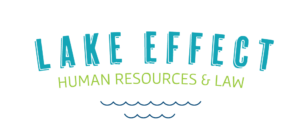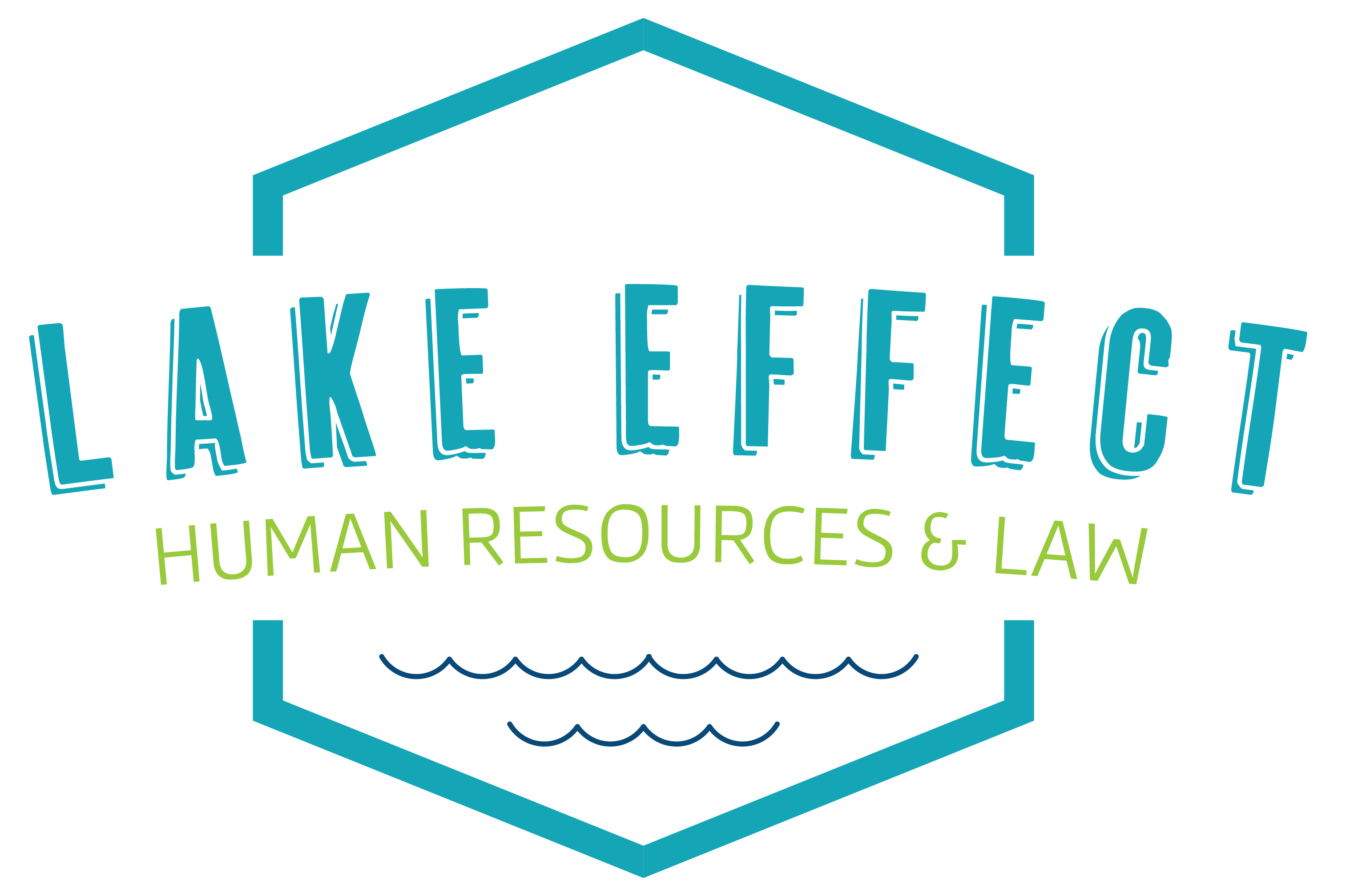Families First Coronavirus Response Act – Effective April 1, 2020

The Families First Coronavirus Response Act (FFCRA) was enacted on March 18, 2020 and takes effect on April 1, 2020. Two major provisions of the FFCRA address paid leaves designed to assist American workers and families facing challenges presented by the COVID-19 pandemic.
Legal Tips for Managing Hourly, Non-Exempt Employees Working Remotely

As employers are responding to the COVID-19 outbreak, many are mandating or allowing employees to work from home (WFH). Included are some legal tips for employers as you navigate what might be unchartered waters for managing non-exempt staff.
Have an Informed and Measured Response to COVID-19

On behalf of your partners at Lake Effect HR & Law, we hope that your team continues to be safe and healthy amidst the threat of COVID-19. We want to share with you our recommendations for having an informed and measured response to COVID-19 as employers and co-workers.
Employers: Include NYC Independent Contractors in Your Anti-Harassment Training

Under the recently expanded New York City Human Rights Law (NYCHRL), employers must include independent contractors in their sexual harassment training. This is a major shift in how independent contractors are generally treated. Employers should include an appropriate disclaimer before providing anti-harassment training to an independent contractor to clarify that the training does not change […]
The ADA: Understanding Your Obligations

As HR professionals, we take a lead role in making sure our workplace policies and practices are both compliant and ethical. We need to make sure our managers are operating under the same guidelines. One area where a high level of risk may be lurking is in responding to employee performance issues, concerns and requests […]
Upcoming Changes to Illinois Employment Laws

Over the summer, Illinois enacted several amendments to the state’s employment laws that will take effect January 1, 2020. Sexual Harassment Training All employers with Illinois employees must provide sexual harassment prevention training to their employees at least annually. The Illinois Department of Human Rights has advised that it will create a model training program […]
Coming Soon…Clarity on Tip Pools, Tip Credit, and Wages Paid to Tipped Employees

It feels right to share tips with those who support the servers, but is it legal? Currently, you cannot mandate that your tipped staff share their tips with other staff, such as hosts, dishwashers and bussers. But that may change soon for some hospitality employers. Last week, the federal Department of Labor (DOL) proposed a […]
Be Careful What You Ask For!

Over the years, most employers have become accustomed to asking for salary history during the interview or pre-screening process to determine if an applicant should move forward in the hiring process. Most employment applications also inquire about an applicant’s prior convictions. However, more and more state and local governments are adopting bans on employer inquiries […]
Department of Labor Releases Overtime Final Rule

On September 24, 2019, the Department of Labor (DOL) announced the long-awaited final rule on overtime and the salary level threshold for exempt workers. This final rule will become effective on January 1, 2020. Under the new rule, an estimated 1.3 million additional workers will be eligible for an estimated $298.8 million in overtime pay. […]
The Complex Web of Paid Family and Medical Leave Laws

Several states have now enacted laws mandating that employers provide paid family and medical leave (FML). These laws generally apply to employers in or out-of-state with 1 or more employees working in that state. It is important for Wisconsin employers to carefully manage their leave policies when they have employees in other states. States that […]

